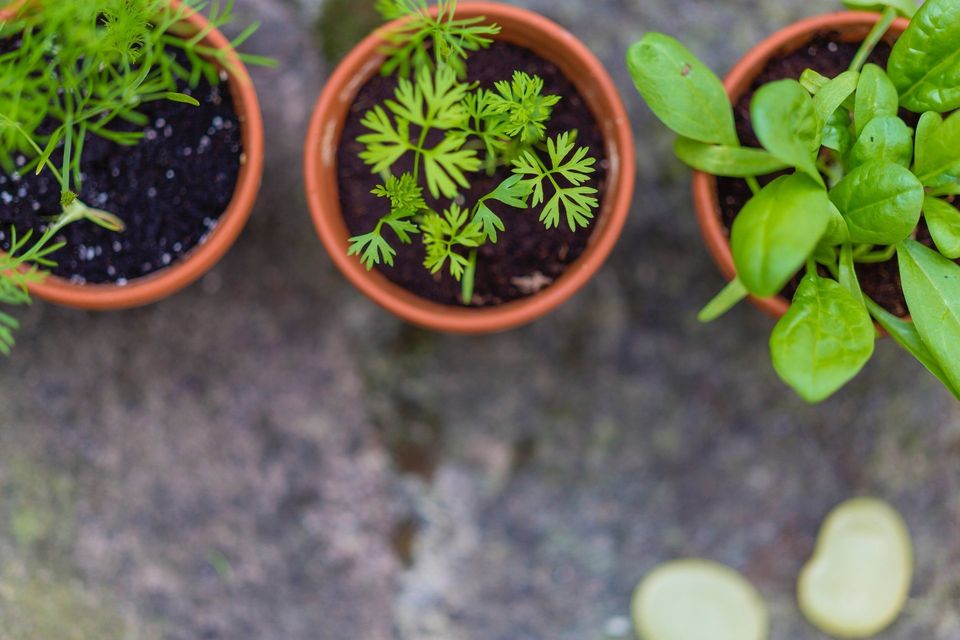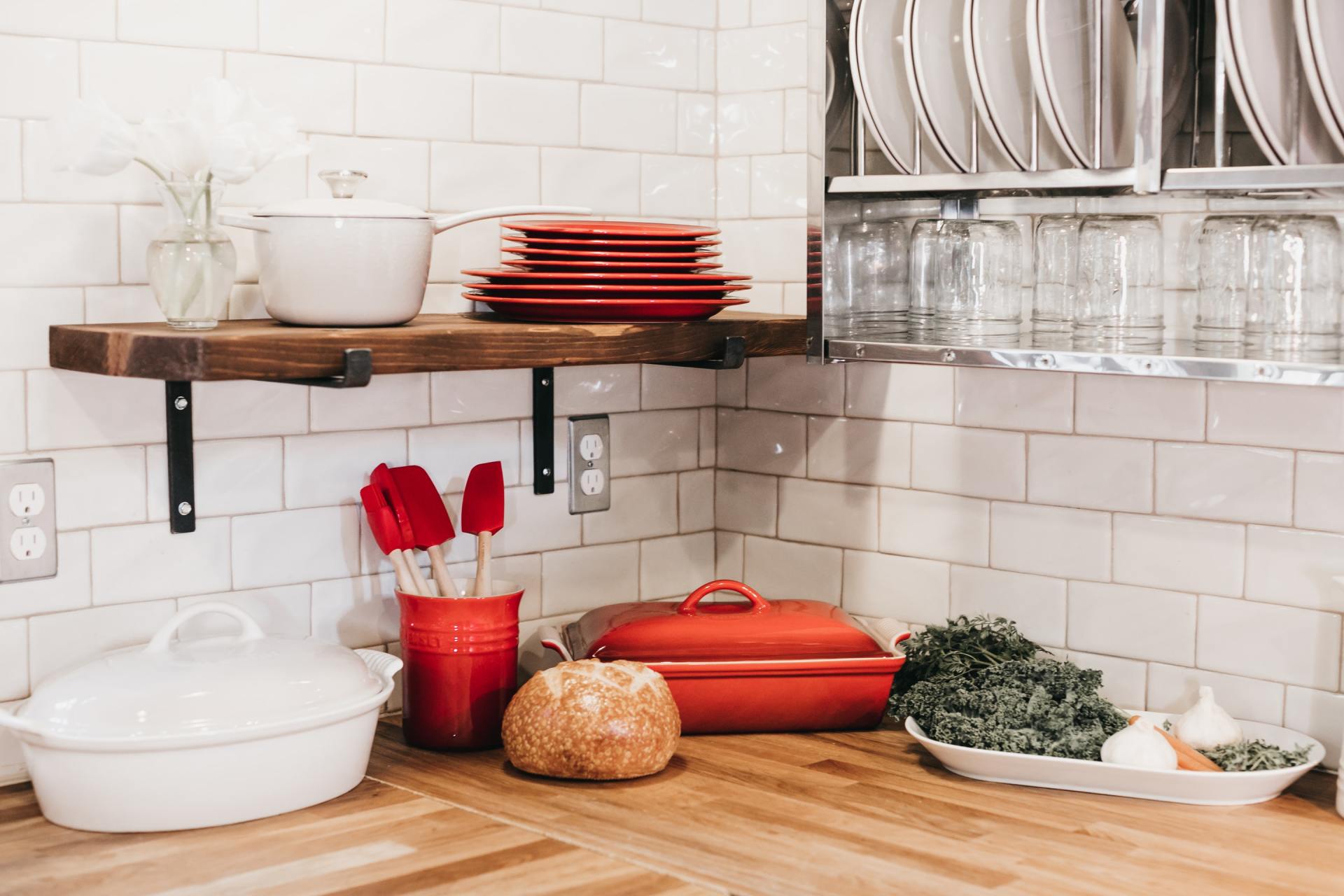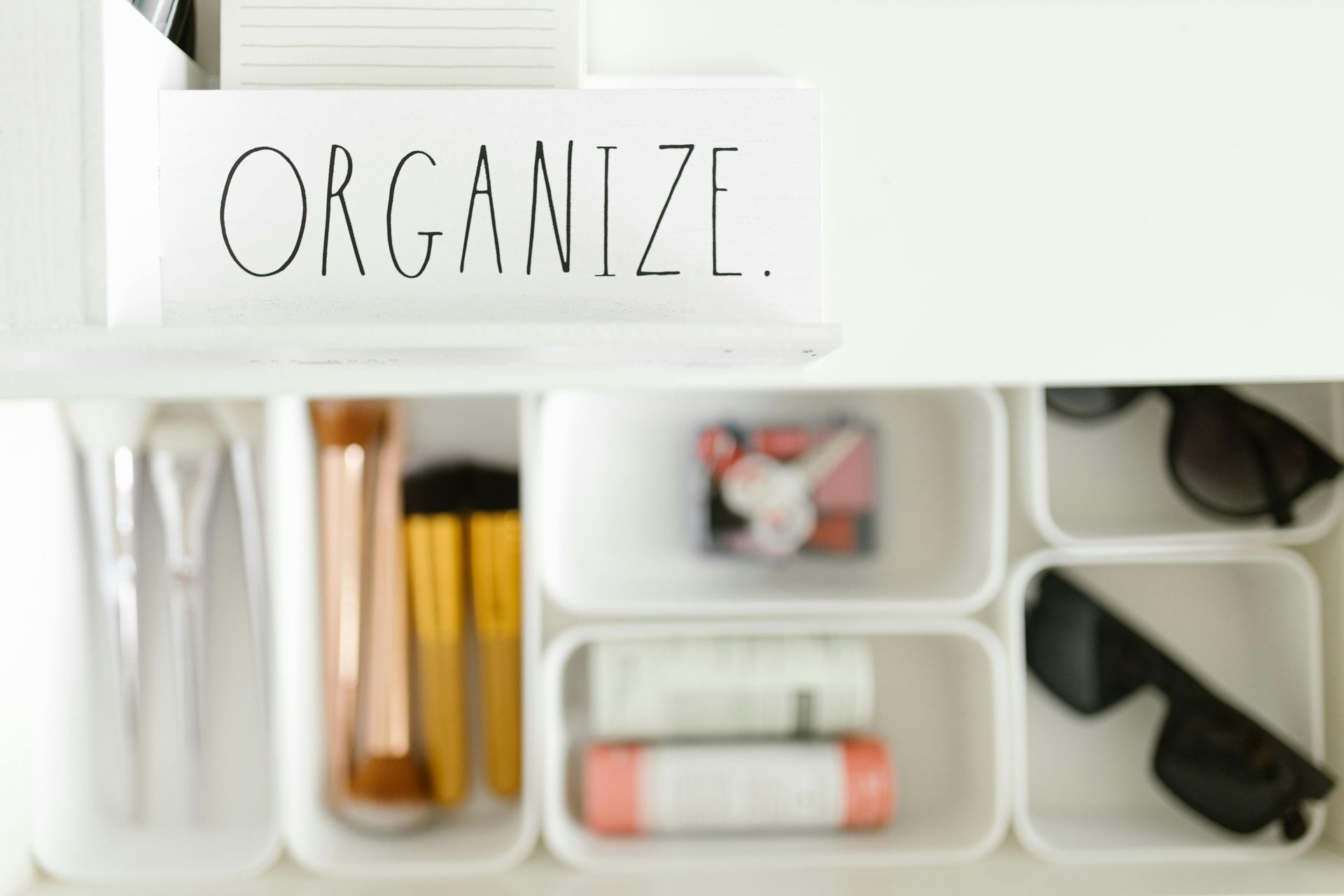Blog Post
Thousand Hills Realty

When you want to grow herb plants in your house, you need to place them in your sunniest window or area, where natural lights can push through. Plants that need full sun, need a minimum of 6 to 8 hours of sun a day to thrive, while herb plants need a minimum of 4 to 6 hours of sun a day.
Begin with a handful of plants that you’re likely to cook with the most. If you find yourself looking to use parsley for cooking, grow some parsley. If you are a fan of fresh cilantro, then grow cilantro. Start with 2 to 5 plants while working out your system, and remember, you don’t need to grow all the food you eat. If you are curious to know of other herb plants, these ten cooking herbs can help you decide what you should grow in your apartment.
Basil
You can start planting basil from seeds and place the pots in a south-facing window. This plant needs tons of sun and warmth. This herb is in the mint family. It adds flavor to meals with nutrients that can provide health benefits. Basil also adds a distinctive flavor to salads, pasta, pizza, and other dishes. It also contains vitamins, minerals, and a range of antioxidants. It's essential oil also has medicinal benefits.
Bay
Bay is a perennial plant that does best using the container gardening method. The best way to plant bay, is to place the pot in an east- or west-facing window, making sure it doesn’t get crowded. This herb needs circulation to remain healthy. It's leaves are a good source of Vitamin A, Vitamin C, iron, potassium, calcium, and magnesium. It could also be used to treat migraines. Bay also contains enzymes that help to breakdown proteins and digest food faster, helping to calm indigestion.
Chervil
Late summer is the best time to plant chervil. Also called French parsley, this herb grows well in low light but needs temperatures between 65 degrees and 70 degrees to thrive. This herb is used for fluid retention, cough, digestion problems, and high blood pressure. The juice extract from chervil is also useful for gout, pockets of infection (abscesses), and eczema.
Chives
The best time to plant chives in your apartment is at the end of the growing season. If you have a garden where you used to plant chives, dig up a clump of it and replant it in a pot. Place the pot outside until the leaves die back. Move the pot in early winter to your coolest indoor spot (like your basement) for a few days. Then place it in your brightest window. This herb is low in fat and high in dietary fiber and protein. It contains high amounts of vitamin C and carotene and is a good source of calcium. It also contains vitamin B1 and B2.
Oregano
To start growing this herb, cut a stem from an outdoor oregano plant. Then plant it in a pot and place it in a south-facing window. This herb may help fight bacteria. It has certain compounds that have potent antibacterial properties.
Parsley
You can plant parsley from seeds or dig up a clump of parsley from your garden at the end of the season. This herb likes full sun and grows slowly in an east- or west-facing window. Parsley provides a concentrated source of nutrients. It is rich in vitamins A, C, and K. The beneficial plant compounds in parsley may improve bone health, provide antioxidant benefits, and protect against chronic diseases.
Rosemary
You can plant this herb by cutting a sprig of rosemary and keeping it in a moist soil mix until it roots. Rosemary grows best in a south-facing window. You can expect a fresh smell throughout the cooler season due to its pungent scent – it acts as a natural air freshener. This herb improves digestion and enhances memory and concentration. It also has antioxidant and anti-inflammatory compounds.
Sage
You can start growing this herb in your apartment by just cutting from an outdoor sage plant. Sage tolerates dry, indoor air well, but it needs the intense sun from a south-facing window. This type of herb has high levels of antioxidants and anti-inflammatory properties. It has a long history as a folk remedy for many conditions, including menopausal symptoms such as hot flashes, mood swings, and night sweats.
Tarragon
The best time to grow tarragon in your apartment is during the dormant period in late fall or early winter. Get a mature plant from your garden and place it in a pot outside until the leaves die back. Move it to the coolest spot inside your house for a few days, then put it in a south-facing window to get plenty of sunshine. Tarragon can help improve sleep and regulate sleep patterns. It can also help relieve pain associated with conditions like osteoarthritis.
Thyme
You can start growing thyme in your apartment by either rooting a soft tip from an outdoor plant or digging up and replanting the whole plant. Thyme thrives in full sun but will grow in an east- or west-facing window. The oil, leaves, and flowers of thyme are being used to treat a range of symptoms and complaints that include diarrhea, stomach ache, arthritis, and sore throat.
Herb plants are often a favorite household decoration, that not only makes the home look beautiful and smell fantastic, but they are also an excellent source for home cooking.
Show More




